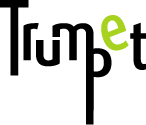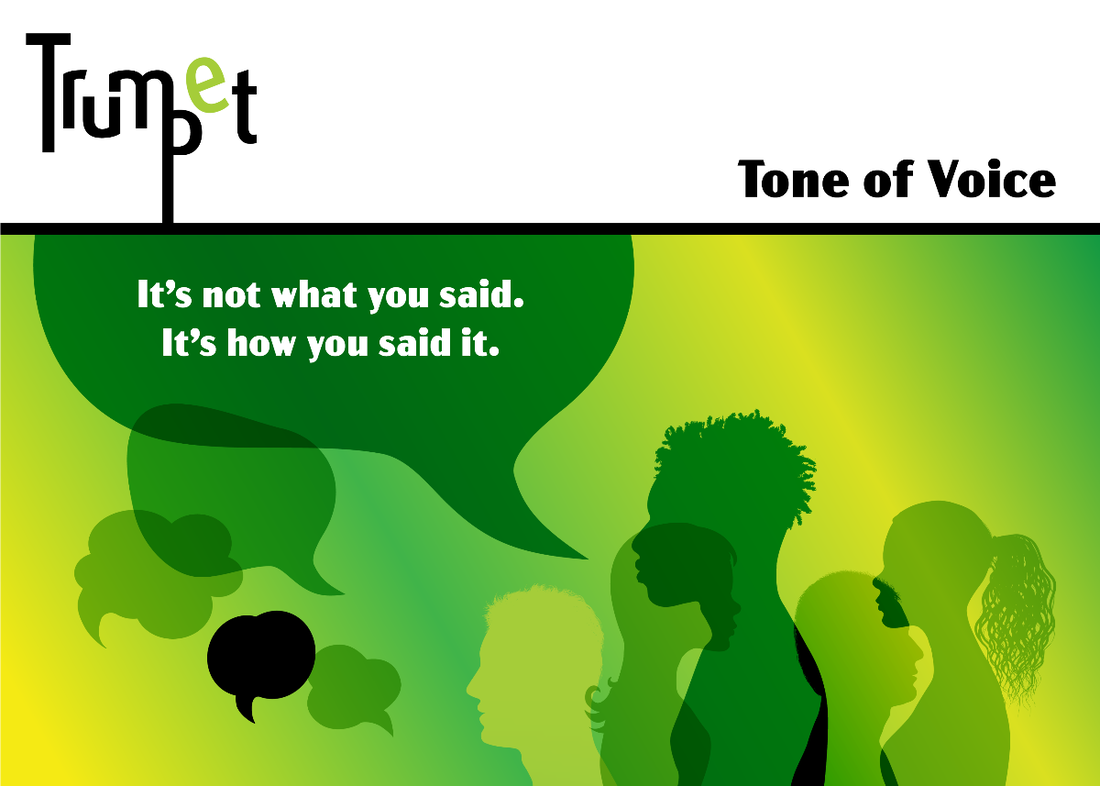|
How you communicate your marketing message is referred to as the tone of voice you use. The words you use on your website, on your products and in your documentation and marketing collateral literally define how people perceive your business.
In other words, writing is branding and your tone of voice guidelines are as important as the logo and typeface you choose. Finding your tone of voice starts with understanding who your audience is and choosing the right language to reach them. It might be professional, casual, or even funny, but in order to establish an emotional connection that will lead to your audience trusting you and buying from you, you have to communicate in a way that they will believe. This is not to say that you should just go ahead and copy what has been done before in your sector. Not at all. Brands that break the rules are the ones that people remember. It may seem a risky strategy to find your own unique voice, but surely it’s not any riskier than being ignored? So, how to go about defining the right Tone of Voice for your business? You should think about a range of words that best suit your brand; assessing the personality of your business, as if it were a person, just as you may define a certain friend as ‘witty’ or a colleague as ‘enthusiastic’. Use as many descriptors as you wish, but three is usually the magic number to help you stay focused. It often helps to combine what a brand is with what it is not. (Professional but not dry and corporate. Casual, but not lazy and messy.) Vocabulary is simply a choice of words, so you must ascertain what type of words can and can’t be used within your tone of voice so that your content embodies the ‘personality’ of the business. What kinds of words are definitely required and which words are forbidden? Keep it honest, consistent and accurate. When you feel you have nailed it, read your words out loud: • Does it feel right for the brand? • Does it support the brand values? • Does it fit with the ‘natural’ voice of the business? • Will it engage and motivate employees and customers alike? • Will it help build trust? • Will it differentiate us from the competition? When you have found the right words you need to define a writing style. Keep in mind who you will be writing for. If it’s for other businesses, you may want to use a professional-yet-approachable tone, whereas if you’re writing directly to a customer you may desire a fun-and-exciting voice. One way to go about it is to emulate an existing publication. What does your audience read? The Financial Times? The Sun? Novels? Use a spectrum to get an idea of where you want to sit. From humorous to serious, formal to casual, or inspirational to straightforward. While not appropriate in every situation, you’ll be surprised at how frequently a story can replace mundane text. Storytelling allows you to present information to your customers that resonates with them on an emotional level. Read my short blog on storytelling here. Go through examples of what hits the mark, and be thorough with editing and proof-reading. Ideally get someone else to proof read it too. And, as with everything related to branding, make sure to choose a tone of voice that you can keep consistent across every single marketing channel. Comments are closed.
|
Browse the categories below to read about all things branding.
All
|
- About
-
Portfolio
- Wicklows Historic Gaol
- INDI and NNA
- ONMSD
- HSE
- NU
- Dún Laoghaire-Rahdown County Council
- PacSana
- Saint John of God
- Origina
- End of Life Ireland
- Yes Dynamic
- Park Pets
- Matt Jones
- TEDx
- Naturally Cordial
- Flanagan Kerins
- HSCPA
- Wilfield
- Mandals Advokatene
- Gourmet Chef
- Dalkey Tidy Town
- Tax Advice
- Association Innovation
- 360me
- McKeon Homes
- Clinical Leadership Competency Framework
- Blue Rock Environmental
- Testimonials
- Contact
- BLOG

